Being flown all over the place to ride some of the world’s most beautiful motorcycles may seem like the stuff of dreams to many, but somewhat surprisingly, it ain’t. For all the delightful, chocolate-dipped, champagne-quaffing upsides, there’s an equal amount of responsibility and straight up bullshit that comes with it. Learning how to navigate this two-wheeled minefield takes more than a few years and half a brain to master. It could quite literally take you a lifetime.
After 13 long years of hard-learnt lessons and bruised egos, here are my learnings on the ups and down of riding and writing about motorcycles. And whether you fancy yourself doing the same thing or you’re just interested in how the whole damn monkey circus works, I’m hoping these sneaky little insights, arranged in no particular order, will provide you with some shits and/or giggles. Also, does anyone know a decent lawyer?
1. Leave Your Ego at Home
I wandered into my first big bike launch all those years ago with pretty much zero idea as to what I was about to experience. “How hard could it be?” I naively wondered to myself. Catch a flight. Check into a hotel. Grab a bike. Follow the leader. Write some words. But boy, how wrong was I?
From the get-go, I realised that there were other journos on these rides that really didn’t like me. Whether it was just a cold shoulder or outright intimidation and name calling, it became pretty clear to me very quickly that this wasn’t just a bunch of people going for a leisurely group ride.
As a fashionless, 40-something Aussie dad with a $20 haircut who lives in shorts, thongs and t-shirts, being called a ‘hipster’ to my face was a bit of a surprise. As was riding at double the speed limit on public roads. And those egos! Don’t get me started.
There’s nothing like watching grown-ass men having a pissing competition like they are 10 years old. But why? ‘New kids on the block’ shock was why. ‘How dare a blogger who hasn’t been riding for 100 years have an opinion of their own!’ was the root cause here.
The lesson to learn is a big one for any industry; If you love what you are doing, why would you hate other people for trying to do it, too? Newsflash: it’s because you have deep-seeded doubts regarding your own skills and self worth—plain and simple.
 Triumph’s Australian Thruxton Launch. Photo via Dean Walters.
Triumph’s Australian Thruxton Launch. Photo via Dean Walters.
2. Modern Bikes Are Great
I remember reading a review of some Buell sportbike or another in the early ‘90s where the manufacturer handed out a dozen bikes to the assembled press corps and then watched in terror as they rode the absolute crap out of them to the point of destruction. Seeing them all break one after the other in a horrible, slow motion disaster proved beyond a shadow of a doubt that the machines were not ready for sale. At all.
But with 21st century manufacturing methods and the moden focus of user safety and testing, situations like this are basically non-existent. The upshot here for moto journos is that any bikes they get to ride nowadays are pretty much bulletproof.
Oh, how lovely it would be to be handed the keys to something that was deeply, irrevocably flawed and be able to craft an amazing story about the embarrassment the maker will suffer using my incredible writing skills. But that just doesn’t happen any more (and admittedly, riders are much better off for it).
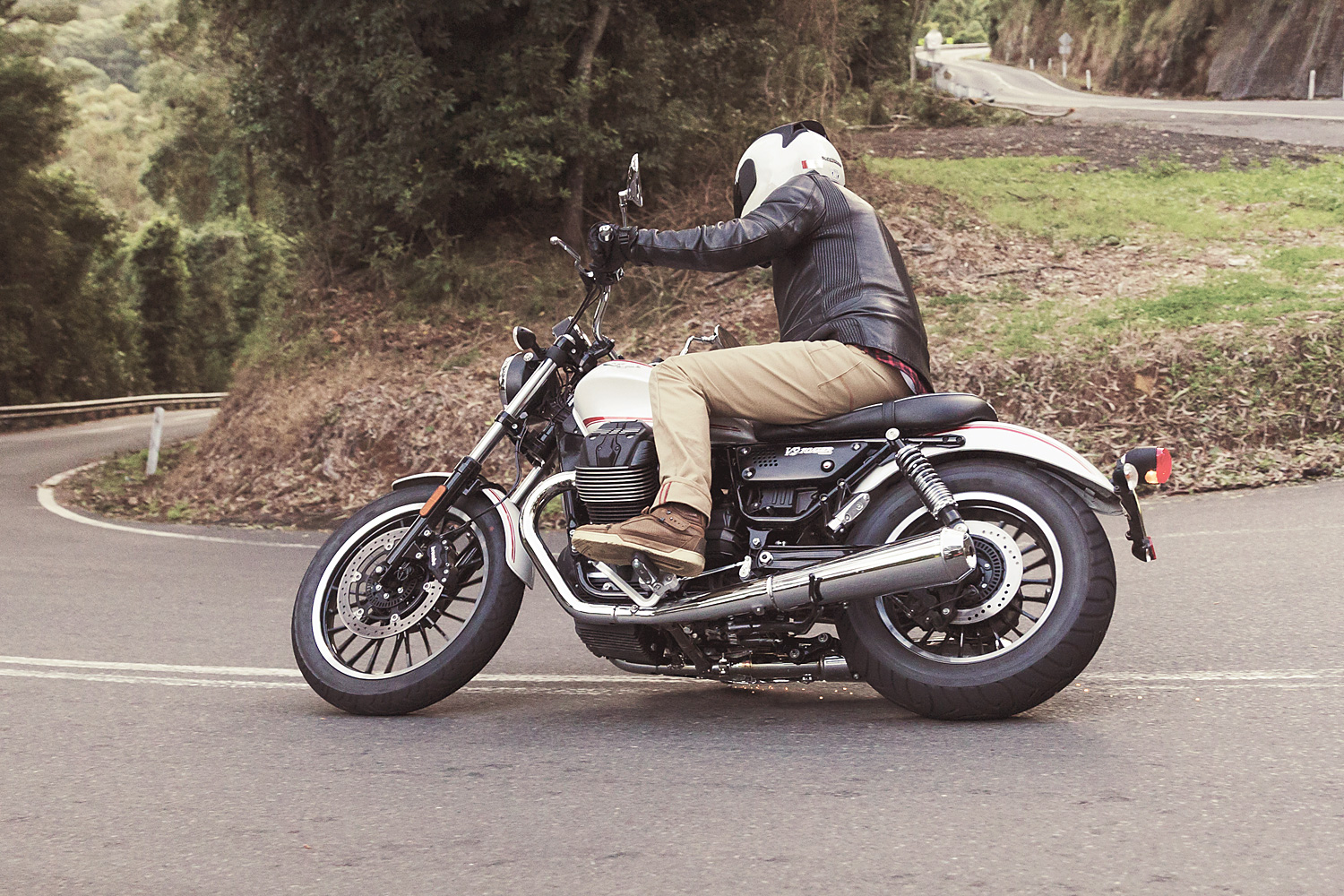 The Moto Guzzi V9 Roamer and Bobber launch in 2016. Photo via Andy Roberts.
The Moto Guzzi V9 Roamer and Bobber launch in 2016. Photo via Andy Roberts.
3. Magazines Are Dead*
Part of the animosity that surrounded me in lesson one came from the fact that a lot of the dinosaur journos were staring down the barrel of their own redundancies, thanks to the rise of the web and the demise of their magazines. Mastheads that used to sell by the truckload were now barely able to shift a thousand copies. Then they started overstating their sales figures in order to keep sceptical advertisers from walking.
The boom in cafe racers no doubt exacerbated this shift because all of us young ‘hipsters’ who rode them were more at home online than the 60-something-year-olds who had it in for us. We could set up WordPress blogs and understand Search Engine Optimisation without a whole heap of effort, effectively creating a brand new industry for motorcycle journalism that left the old one behind—along with those who weren’t willing to adapt.
*They aren’t really. Only the boring ones are.
 Triumph’s Australian T120 launch in South Australia. Photo via Ben Galli.
Triumph’s Australian T120 launch in South Australia. Photo via Ben Galli.
4. Moto Marketing Isn’t an Exact Science
I know you’d probably assume that with the megabucks that manufacturers make, they’d have armies of marketing experts watching your every move. Using online algorithms and personal data secretly scraped from your smartphone, they’d be able to telepathically read your mind and sell you a new motorcycle like magic, yeah? But I’m here to tell you it’s still about as smart as a pile of old, wet underpants.
Without naming names, I was recently talking to a local representative of a global motorcycle manufacturer and they told me that the marketing campaign to sell their latest model was a complete and utter schmozzle of poor planning, regional misunderstandings and someone’s-gonna-lose-their-job sales figures. Keep this in mind when your original idea for an amazing story has just been rejected by said marketing department.
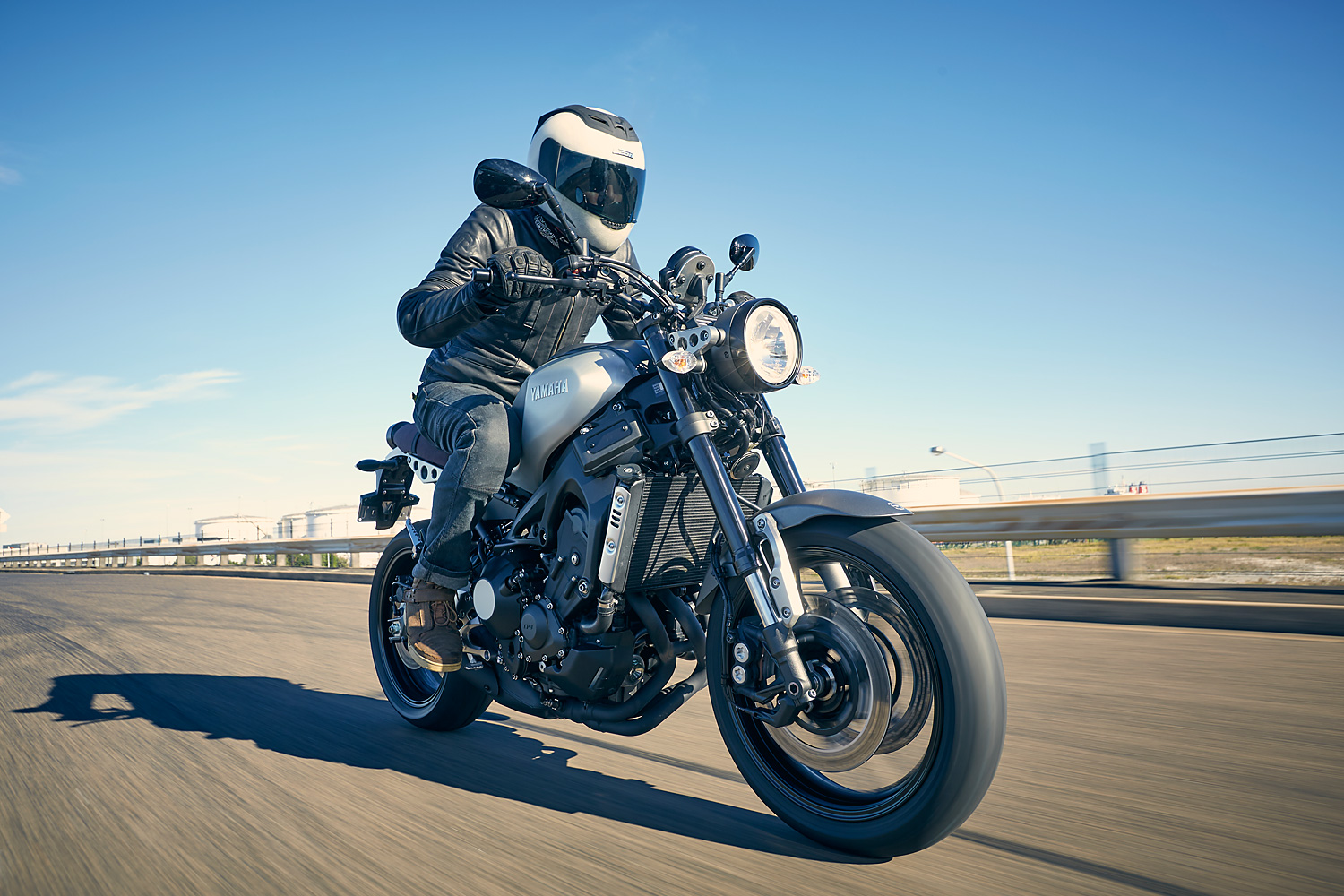 Yamaha’s 2016 XSR700 & XSR900 launch. Photo via Josh Evans.
Yamaha’s 2016 XSR700 & XSR900 launch. Photo via Josh Evans.
5. Your Opinions Are Valid
I have a crystal clear recollection of another nameless moto marketing type telling me in no uncertain terms that what I wrote about their new bike wasn’t as valid as ‘this other guy over here’ because this other guy used to race in the World Superbikes/is a professional test rider for a manufacturer/has been riding twice as long as you, etcetera, etcetera.
Whatever the case, I think the point they were trying to get across was clear: you needed to be one of those dinosaurs to be taken seriously.
Of course, that’s garbage. And that’s because they weren’t selling their bikes to an army of Valentino Rossis. They were selling them to plain old members of the moto-riding public like you and I.
Even beginner riders can have insightful observations. You only have to cast your mind back to the sport bike Nineties and Noughties and ask yourself, ‘who actually wanted 170 horses delivered at one billion rpm with zero comfort levels on a road bike, anyway?’ An army of pro moto journalists missed this at the time, but I bet someone who wasn’t neck deep in it could’ve seen it plain as day.
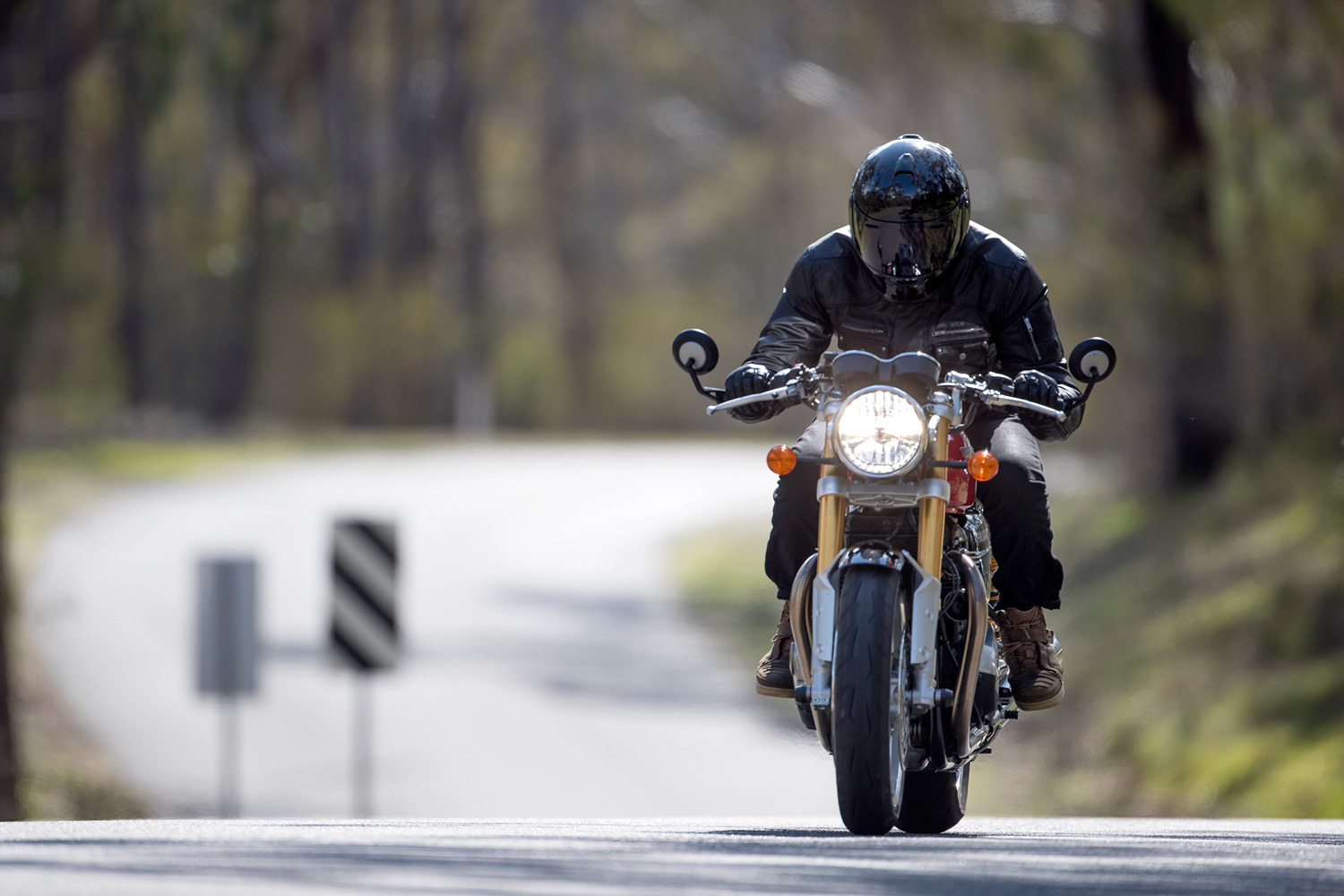 Triumph’s Australian Thruxton Launch. Photo via Dean Walters.
Triumph’s Australian Thruxton Launch. Photo via Dean Walters.
6. When They Zig, You Zag
The cafe racer boom was an excellent example of this. While the bulk of the industry was focused on sports bikes and choppers, suddenly a chord was struck and millions of riders globally saw for the very first time a style of bike they’d actually want to be seen on, customise, and own.
So if you’re planning a career writing about motorcycles that involves doing a whole bunch of stuff that’s exactly the same as the rest of the Joneses (pun fully intended), then maybe think again. Take this article for instance—it’s fine to write about the 2021 Harley Davidson lineup or the best summer motorcycle gloves, but every now and then it pays to write something a little more personal and unique.
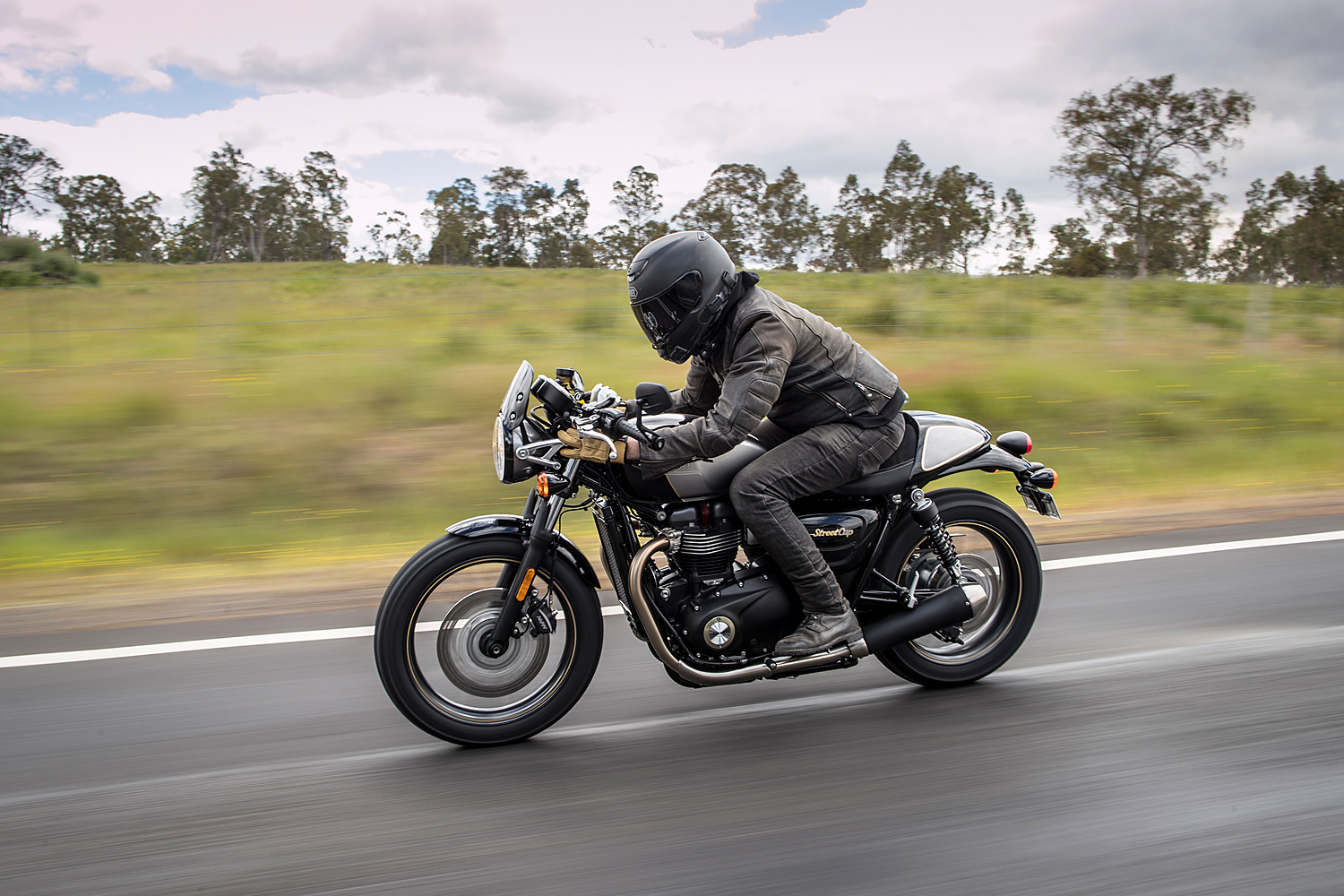 Triumph’s Australian Bonneville T100 & Street Cup Launch. Photo via Dean Walters.
Triumph’s Australian Bonneville T100 & Street Cup Launch. Photo via Dean Walters.
7. It Never Hurts to Ask
I’ve been laughed at for asking to do some pretty ridiculous things in my time, but I gotta say, I’ve also been given real, honest-to-goodness bikes and budgets, too.
One time I asked if I could take two Triumph Bobbers into the middle of the Australian desert because it was the most completely inappropriate place to test them. I also asked for costs to be covered as well. Much to my amazement, the manufacturer said ‘yes’ and the next thing I knew, I was dodging kangaroos after sunset on the road where Mel Gibson starred in Mad Max 2.
So what if your idea is a little nuts and you think they’ll never go for it? No one ever did anything truly memorable by managing people’s expectations and sticking to the rules. And if you piss off some anonymous marketing type who now thinks you’re a weirdo or that you don’t ‘get how the industry works,’ they’ll soon be replaced with someone new who just may be more open and imaginative than their predecessor.
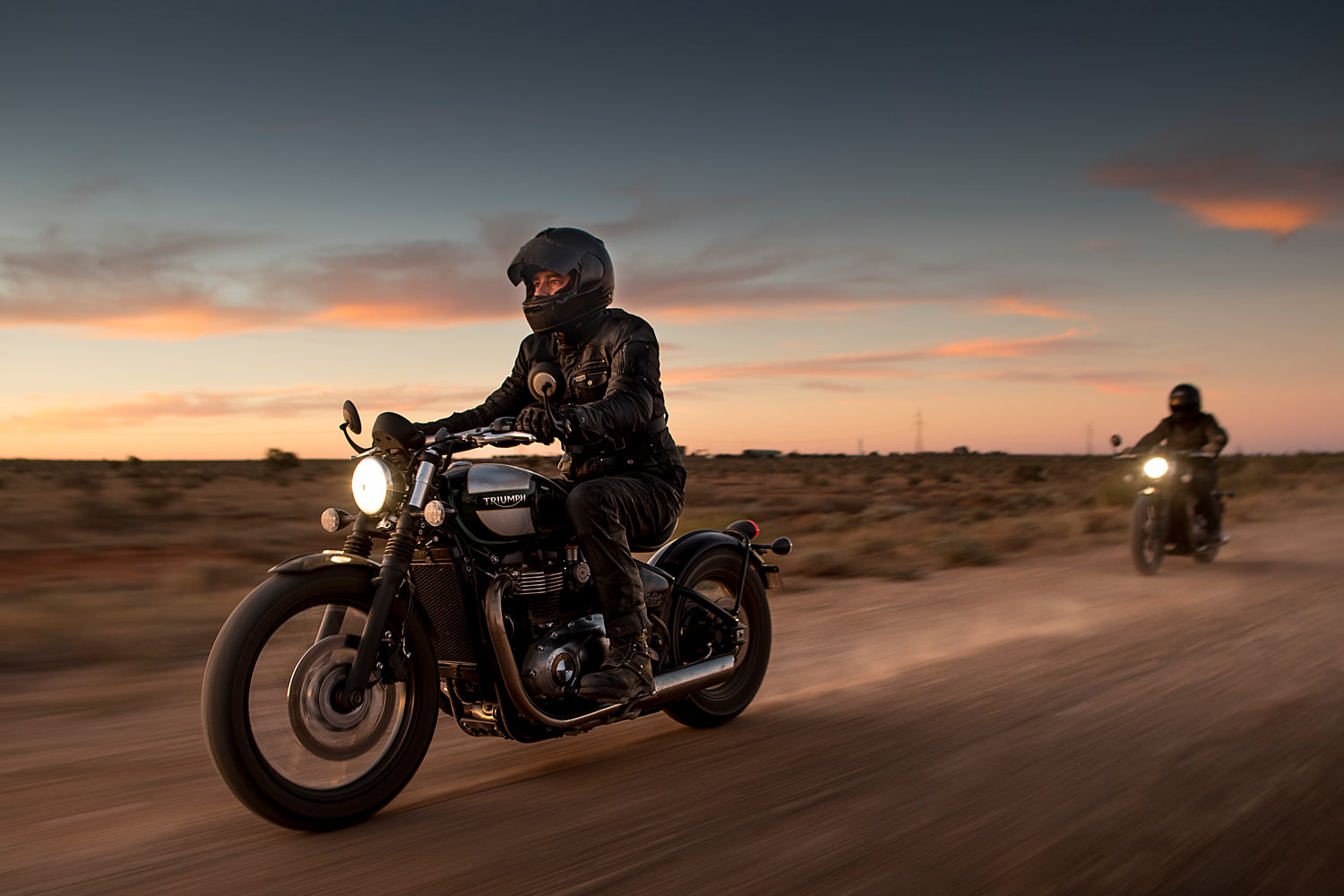 Bobbers in the Aussie Desert. Photo via Dean Walters.
Bobbers in the Aussie Desert. Photo via Dean Walters.
8. Always Tell It Like It Is
The unwritten rule with reviewing new motorcycles goes something like this: “we, the manufacturer of this motorcycle, are going to fly you somewhere exotic, give you one of our bikes to ride for two days and buy you free beers. In return for our generosity, we expect you to write a very positive piece about it. And if you don’t, you may not be invited back next time.’
Now, while you should never be a dick about it, it’s very important to understand that your integrity is all you have as a journalist. Give that up and you’re dead meat.
Besides, who really wants to spend 10 minutes reading a story if all that it says is, ‘this is a great bike and you should definitely consider buying one.’ Hell, the manufacturer could write that stuff themselves. No bike is ever perfect; even if a bike is technically flawless, the things are always designed with a specific purpose in mind and compromise is a fact of moto life.
In addition, bikes are always built to a budget and they have accountants making just as many calls on them as the engineers. It’s your job to find out what these are and write insightful, original things to say about them. Nothing more and nothing less.
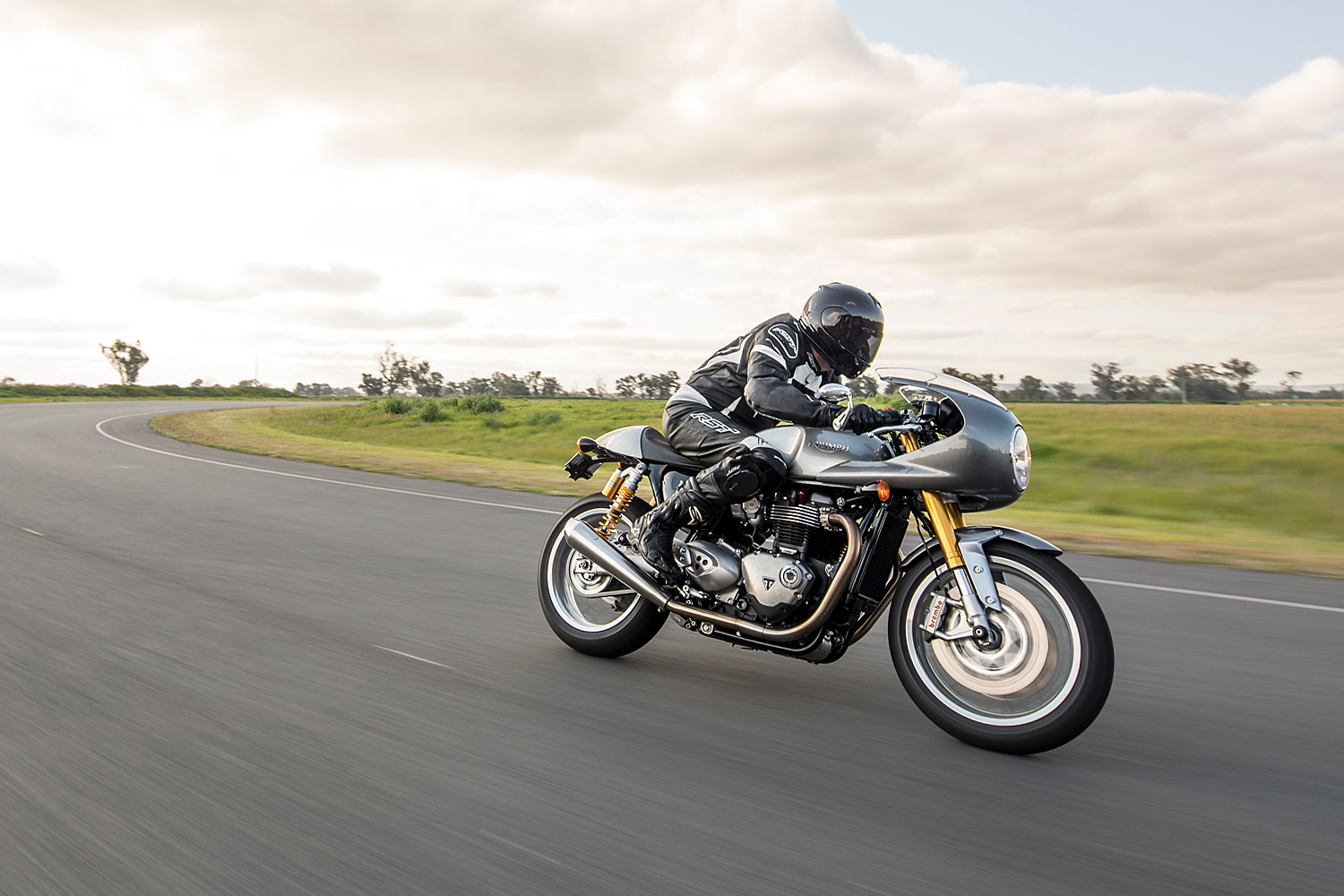 Triumph’s Australian Thruxton Launch. Photo via Dean Walters.
Triumph’s Australian Thruxton Launch. Photo via Dean Walters.
9. It’s Not Just about Fancy Words
I really like expressing thoughts via the written word, and I have more than a passing interest in incredibly talented moto authors like Hunter S. Thompson and T.E. Lawrence. But writing style isn’t the be all and end all in a moto journalism career; it’s your original thoughts that count.
That’s why so many ex-racers take up the profession. Many of these guys will have pretty much zero experience stringing words together, but what they do have is a unique insight into motorcycles. That’s what matters.
On the flip side, you might be Shakespere 2.0, but if you’ve got nothing interesting to say about bikes then you’ll just be taking a leak into a tempest. It doesn’t matter how eloquently you say something as dull as dishwater, it’s still damn dishwater.
Got the writing skills of the average high schooler, but just rode a vintage bike through a killer hurricane and lived to tell the tale? Then you’ve got gold in them there fingers.
 Triumph’s Australian T120 launch in South Australia. Photo via Ben Galli.
Triumph’s Australian T120 launch in South Australia. Photo via Ben Galli.
10. You’ll Never Know It All
Accept it. Even famous journos or MotoGP champions don’t know everything about every bike. And most of the time, the successful ones are also the ones that aren’t afraid to say it. I’d much rather read a piece that says, ‘I have almost no understanding of friction coefficients,’ than listen to some blow-in bang on about riding a bike in the wet like they are the God of Traction incarnate (although riding in the rain is a valuable skill to learn).
Readers will pick apart your pretence quicker than a Hayabusa down the autobahn, and they’ll probably call you out on it as well. There’s always someone smarter than you or better at riding than you that will see through the disguise and make you look like a fool.
If you don’t know what you are talking about, don’t say it in the first place. Research the shit out of it so you do know what you’re saying, or simply include an opinion in your story from someone who does know. Easy.

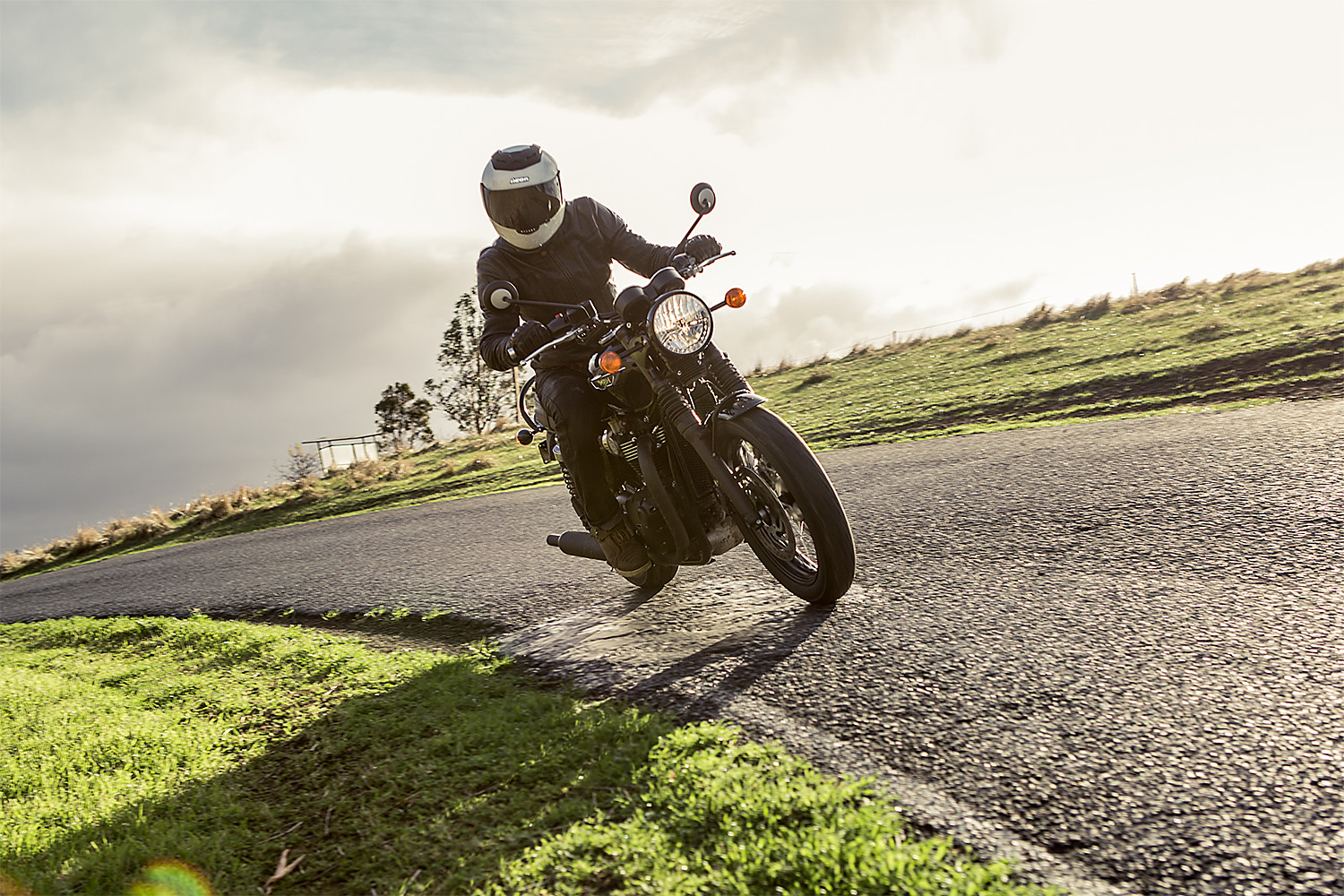

This piece was worth the time to read!
Very well stated, I for one appreciate your views and written word, as LeRoy says well worth the read.
Don’t forget that you’ll be doing this sweet-ass job for shit pay and minimal benefits, because passion is like pay that publishers don’t have to cover.